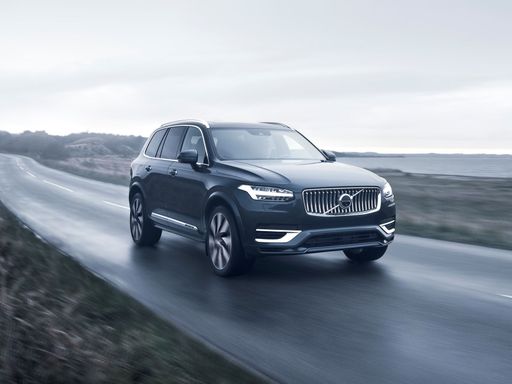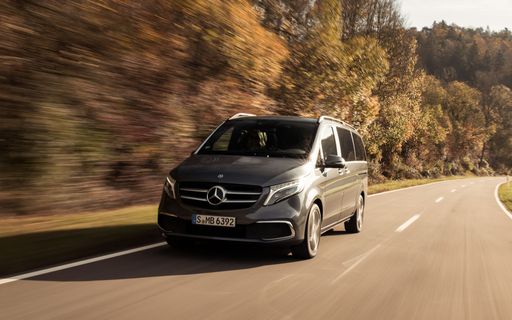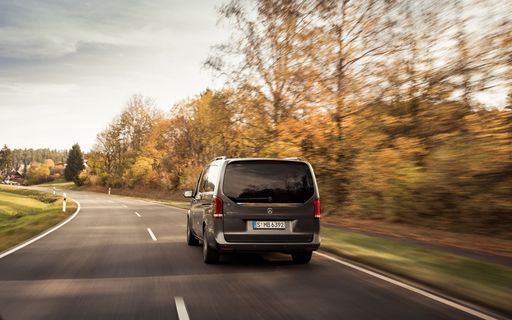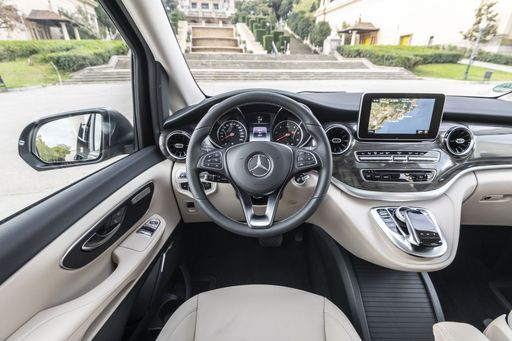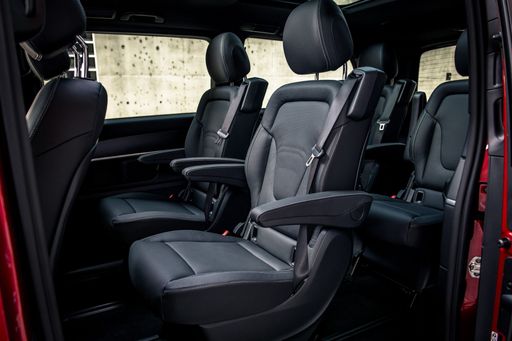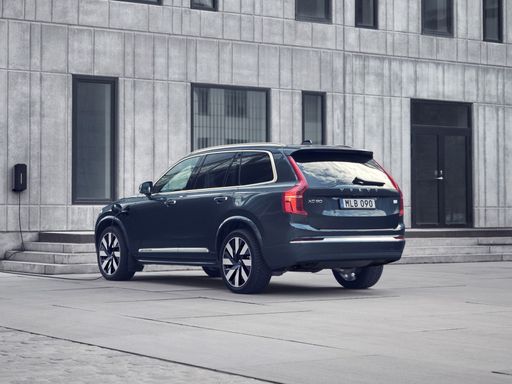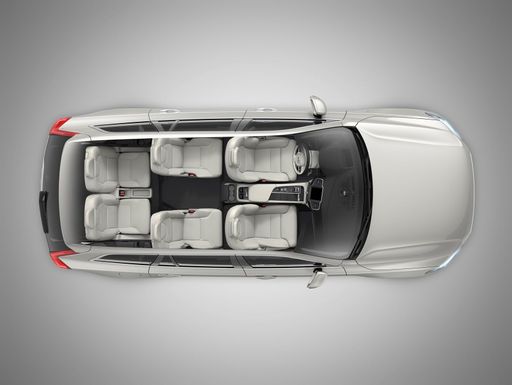Driving Excellence: Mercedes V-Klasse vs. Volvo XC90
In the realm of premium people-carriers, few contenders stand out as much as the Mercedes V-Klasse and the Volvo XC90. These symbols of luxury on wheels both emphasize comfort, space, and innovation, but how do they stack up against each other in the bustling world of automotive excellence? Let's explore the technicalities and innovations that define the 2024 models of these distinguished vehicles.

